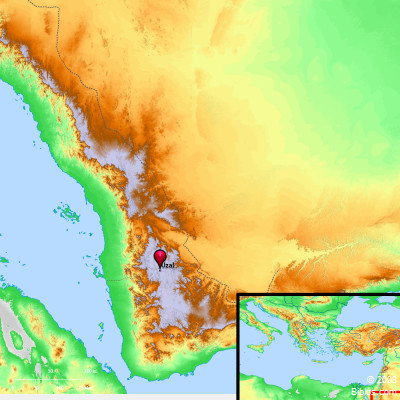Encyclopedia UZALu'-zal ('uzal): Sixth son of Joktan (Genesis 10:27 1 Chronicles 1:21). Uzal as the name of a place perhaps occurs in Ezekiel 27:19. the Revised Version (British and American) reads, "Vedan and Javan traded with yarn for thy wares." Here an obscure verbal form, me'uzzal, is taken to mean "something spun," "yarn." But with a very slight change we may read me'uzal = "from Uzal."
The name is identical with the Arabic `Auzal, the old capital of Yemen, later called San`a'. San`a' is described as standing high above sea-level in a fertile land, and traversed by a river bed which in the rainy season becomes a torrent. Under the Himyarite dynasty it succeeded Zafar as the residence of the Tubba`s. If it is the same place as the Audzara or Ausara of the classics, it is clear why Arabic geographers dwell upon its great antiquity. The most celebrated feature of the town was Ghumdan, an immense palace, the building of which tradition ascribes to Shorabbil, the 6th known king of the Himyarites. According to Ibn Khaldoun this building had four fronts in color red, white, yellow and green respectively. In the midst rose a tower of seven stories, the topmost being entirely of marble (Caussin de Perceval, Essai, II, 75). In the 7th century A.D. the town became the capital of the Zaidite Imams, and the palace was destroyed toward the middle of that century by order of the caliph Othman.
A. S. Fulton |
    |




